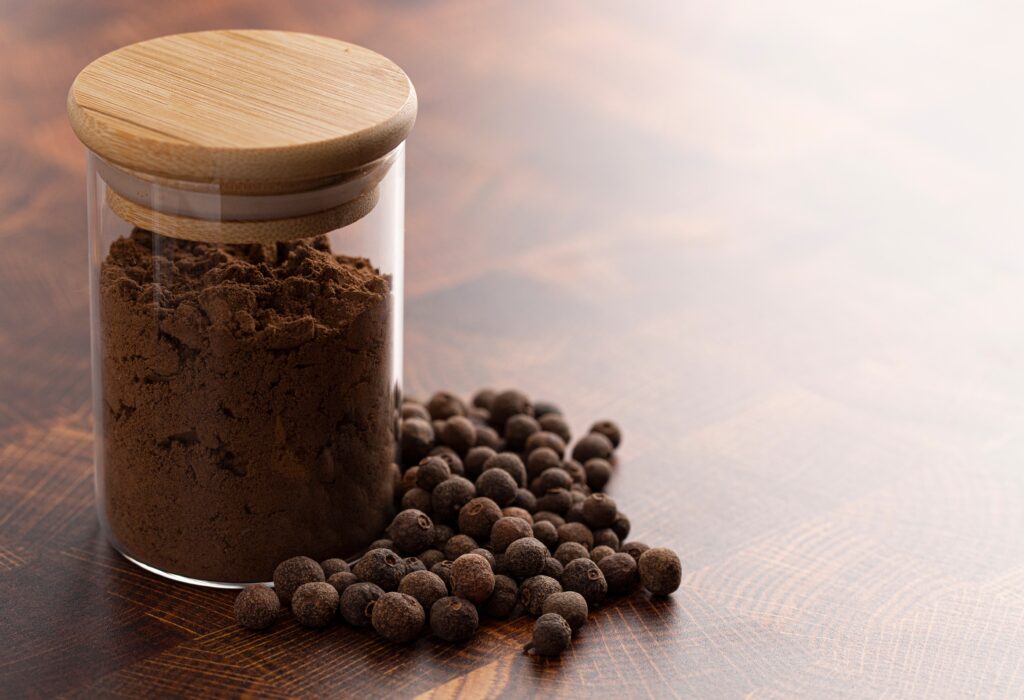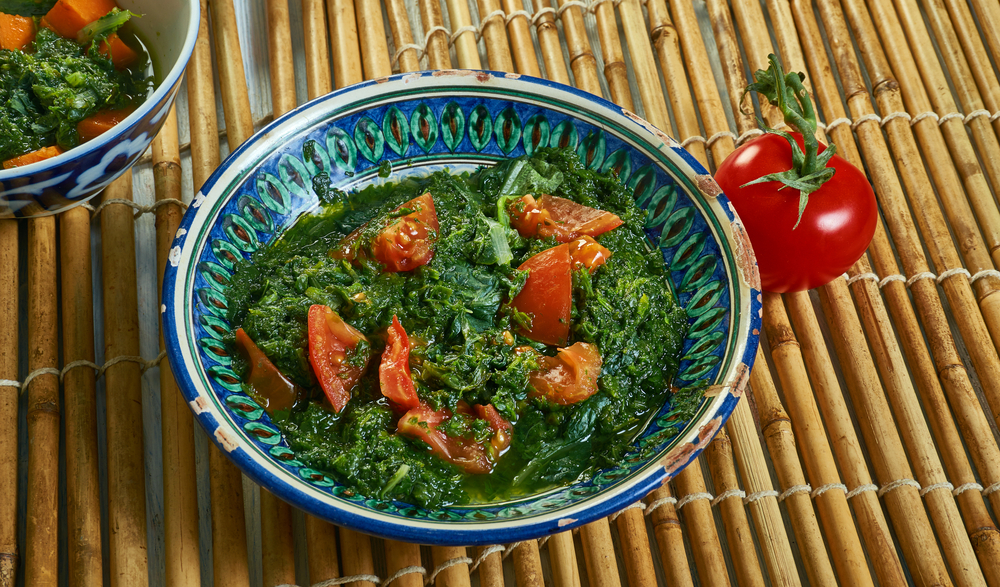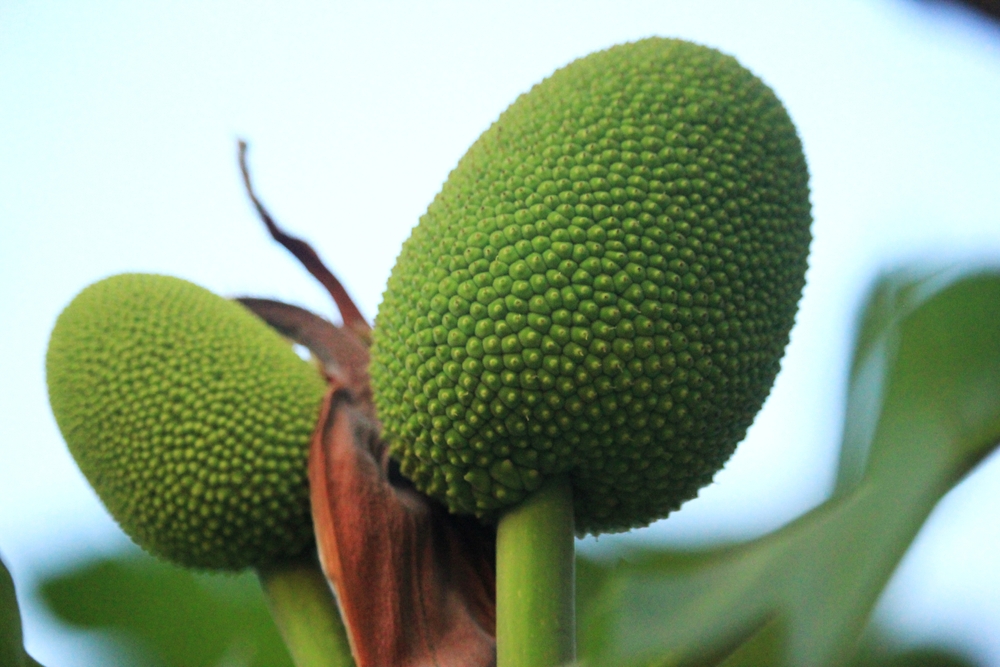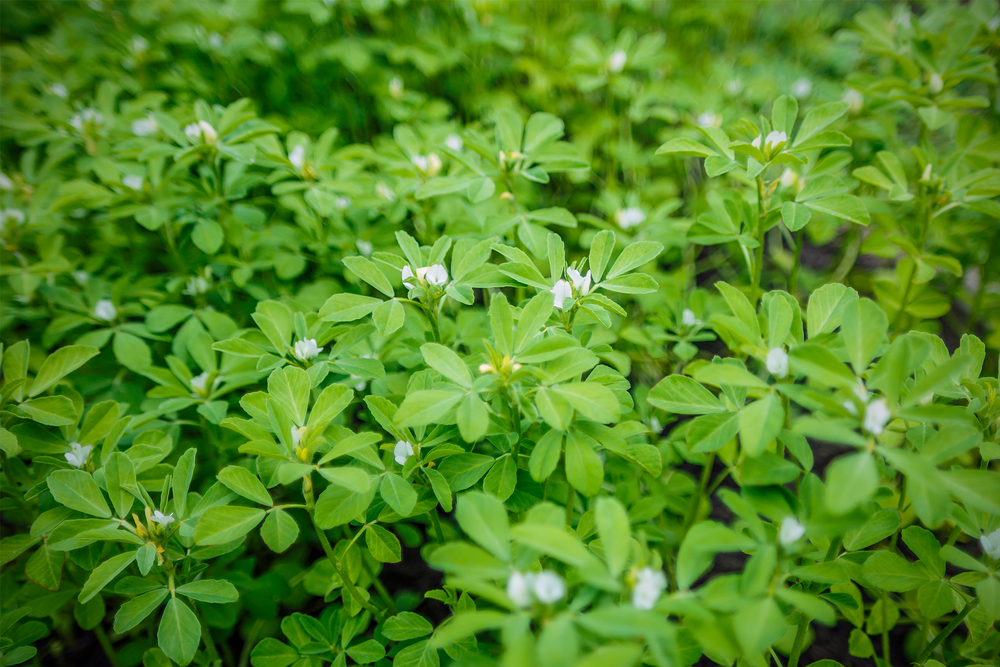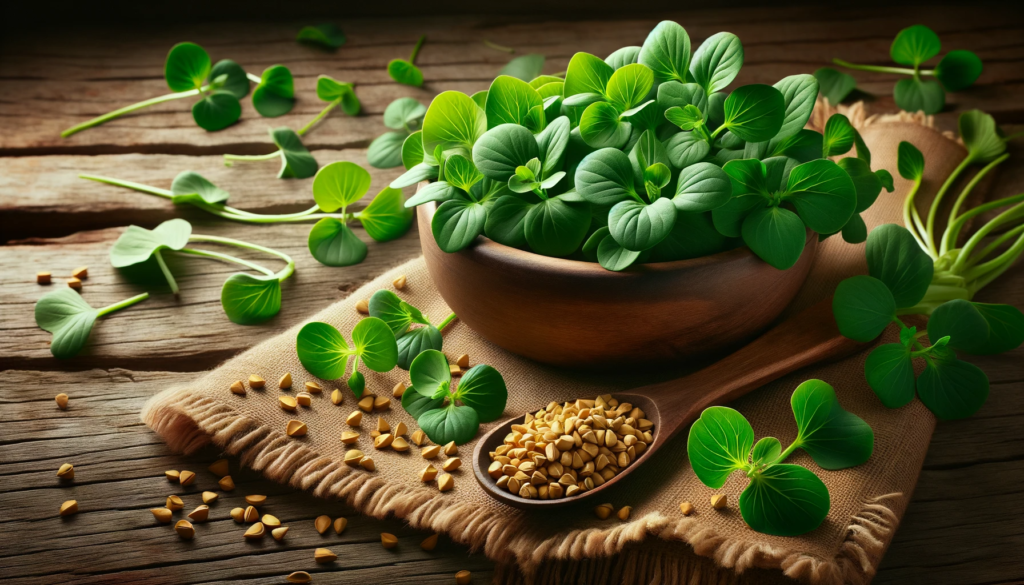Discovering the King of Fruits: Durian’s Unique Appeal
Durian, often referred to as the “king of fruits,” has a distinctive smell and taste that has polarized food lovers across the globe. Known for its spiky appearance and strong aroma, it is a fruit that evokes curiosity and daring among those embarking on an Asian tasting adventure. Considered a delicacy in Southeast Asia, durian provides a taste experience unlike any other. Some describe its flavor as a rich blend of sweet, almond-like creaminess with hints of savory, which contrasts against its notorious pungent smell. This culinary juxtaposition is what draws many to revel in its complex profile. Moreover, despite its divisive scent, durian is ingrained in many cultural dishes and festivities, showcasing its esteemed position in Asian culinary traditions.
What Makes Durian the Most Controversial Fruit in Asia?
The controversy around the durian fruit mainly stems from its strong odor, which can be overpowering and notoriously unpleasant to some. This scent has led to its ban in certain public spaces like hotels and public transportation in parts of Asia. The texture of durian is also a talking point; its custard-like flesh can be off-putting to those used to more conventional fruit textures. However, for enthusiasts, these unique characteristics are precisely what make durian a culinary treasure. The fruit’s bold presence in dishes, from sweet sticky rice to rich ice cream, leaves an unforgettable impression on the palate, sparking debate among those who’ve tasted this enigmatic fruit.
Exploring the Nutritional Benefits of Durian
Besides its robust flavor, durian has an impressive nutritional profile. It is a good source of dietary fiber, which aids in digestion and contributes to heart health. Rich in vitamins, particularly vitamin C and B-complex groups, durian helps bolster one’s immune system and improve energy levels. The fruit is also abundant in various minerals such as potassium, magnesium, and iron, which are vital for maintaining proper body functions. Despite its high calorie and fat content compared to other fruits, these healthy fats are mainly mono-saturated fats, which can benefit weight management and reduce cholesterol levels when consumed in moderation.
Best Ways to Enjoy Durian: From Fresh to Durian-Flavored Delights
Whether you’re a durian novice or an aficionado, there are many ways to enjoy this exotic fruit. For purists, consuming durian fresh from its thorny shell offers the most authentic flavor and texture experience. On the sweeter side, durian can be turned into creamy desserts such as cakes, mousses, and candies, gently introducing its flavor to the uninitiated. For a savory twist, durian is used in Southeast Asian cuisines in dishes like tempoyak, a fermented durian condiment commonly paired with rice and fish. Through these varied culinary explorations, durian’s versatility in traditional and modern recipes continues to astonish and attract new fans worldwide.

The Sweet Perfume of Lychee: An Asian Fruit Delicacy
Lychee, with its fragrant aroma and balance of sweet and tart flavors, is a coveted fruit adorning the summer months in many Asian countries. This exotic fruit’s rough, bumpy exterior belies the translucent, aromatic flesh within, which is reminiscent of a floral grape in taste and texture. Lychee’s appeal lies in its refreshing and delicious taste and its versatility; it’s often used in cocktails, desserts, and even savory dishes to add a touch of sweetness and exotic charm. A symbol of romance and love in ancient China, lychee continues to be a beloved treat, gracing everything from family tables to gourmet restaurant offerings.
Uncovering the Origins of Lychee: From Ancient China to Your Table
The history of lychee can be traced back to the provinces of southern China, where it has been cultivated for over 2,000 years. Chinese emperors and the imperial court so prized it that they had a special courier service to deliver fresh lychees from Guangdong to the capital. Through the Silk Road and various other cultural exchanges, lychee has since spread and become cherished in many parts of the world. Today, lychee orchards are found in tropical climates globally, making fresh lychees more accessible outside Asia. Its rich history adds an extra layer of enjoyment for those who partake in the delectable fruits, standing as a testament to lychee’s enduring allure.
The Role of Lychee in Asian Traditional Medicine
In Asian traditional medicine, lychee is valued not just for its flavor but for its medicinal properties. It is believed to have “warming” properties that can help to balance the body’s qi or vital energy. Lychee is said to aid digestion, improve skin health, and boost the immune system due to its high vitamin C content. It has also been used to alleviate coughing and to have a soothing effect on the throat. While scientific research continues to explore these claims, the long-standing use of lychee in traditional remedies speaks to its regarded place in holistic health practices, intertwining wellness with gustatory pleasure.
Pairing Lychee with Other Foods: Recipe Inspirations
Lychee’s sweet and subtle rose-like flavor makes it an excellent pairing for various foods and in diverse recipes. A simple yet sophisticated option is a lychee martini, where the fruit’s sweetness complements the vodka’s sharpness, enhanced with a splash of vermouth. For dessert lovers, lychee sorbet or ice cream offers a refreshing finale to any meal. Lychee also pairs beautifully with coconut, lime, and other tropical fruits in fruit salads or refreshing drinks. In savory applications, lychee adds a unique twist to sauces or chutneys served alongside poultry or seafood, creating an intersection of sweet, tart, and savory delights.
Rambutan vs. Lychee: Understanding the Differences
At first glance, rambutan and lychee may appear strikingly similar with their reddish hue and size. However, upon closer inspection, the distinct hairy shell of the rambutan sets it apart from the smoother lychee. Inside, the differences become subtler yet significant in terms of texture and flavor. This section is dedicated to unraveling these differences and celebrating each fruit for their unique qualities, as well as providing tips on how to best enjoy these tropical gems in your next culinary voyage.
Rambutan and Lychee: A Comparative Taste Analysis
On the surface, rambutan’s hairy appearance can seem intimidating, but beneath lies a juicy, translucent fruit similar to lychee. In terms of taste, lychee is often sweeter with a more pronounced floral essence, while rambutan exudes a milder sweetness and a slightly creamier mouthfeel. The scent of lychee is typically strong and enchanting, contributing to its exotic appeal, whereas rambutan offers a more subdued fragrance. Rambutan’s flesh tends to be a tad firmer than lychee’s tender and juicy interior. For those sampling these fruits for the first time, it’s a delightful opportunity to compare and savor two of Asia’s most loved tropical fruits.
Selecting and Storing Rambutan for Optimum Freshness
To fully enjoy rambutan, it’s crucial to select the ripest fruits and store them properly. When picking rambutans, look for bright red or yellow skins with lush green hairs, as these are indicators of freshness. They should feel firm but give slightly under pressure, suggesting juicy flesh within. Once home, store them in a perforated bag in the fridge, where they can last up to a few weeks. To enjoy at their best, consume within a few days as the flavor and texture are most vibrant then. Proper selection and storage not only extend the fruit’s shelf life but also enhance the overall eating experience.
Mangosteen: The Queen of Fruits and Its Crown of Flavor
Mangosteen, known as the “queen of fruits,” is the perfect counterpoint to the durian’s “king” status in the tropical fruit world. Renowned for its lush, velvety texture and a flavor that dances between sweetness and tanginess, mangosteen has gained a loyal following. The deep purple shell encases a white, segmented flesh that’s praised for both its taste and possible health benefits. This fruit’s rich, sophisticated flavor profile shines in both raw consumption and in diverse culinary creations, from smoothies to exotic desserts, making it a versatile addition to any fruit connoisseur’s repertoire.
Delving into the Health-Boosting Properties of Mangosteen
Mangosteen isn’t only treasured for its exquisite taste but also its potential health benefits. It’s loaded with antioxidants, particularly xanthones, which are compounds known to have anti-inflammatory and antimicrobial effects. These properties have catapulted mangosteen to the spotlight in health and wellness circles, with ongoing research investigating its role in supporting immune system function and possibly reducing the risk of certain chronic diseases. Mangosteen is also a good source of fiber and several essential vitamins, further cementing its status as a nutritional powerhouse.
Simple Ways to Incorporate Mangosteen into Your Diet
Adding mangosteen to your diet can be as simple as enjoying the fruit on its own or as part of a more elaborate dish. The tender, sweet segments of mangosteen can be tossed into a tropical fruit salad, providing a refreshing balance to other fruit flavors. Mangosteen puree serves as a delightful base for sorbets, smoothies, or cocktails, enhancing drinks and desserts with its deep, tangy-sweet essence. For those looking to incorporate more exotic flavors into their cooking, mangosteen also pairs beautifully with seafood or poultry, adding a unique twist to glazes and sauces, ultimately enriching the culinary landscape with its distinct and delectable taste.
The Unique Taste and Texture of Dragon Fruit (Pitaya)
Dragon fruit, also known as pitaya, is instantly recognizable by its vivid pink or yellow skin and spiky green scales. The inside reveals a strikingly beautiful white or magenta flesh speckled with tiny black seeds, which add a crunchy texture to the juicy and mildly sweet flesh. Dragon fruit’s refreshing taste, often likened to a blend of pear and kiwi, and its low-calorie content make it a favorite among health enthusiasts and foodies alike. This section explores the multifaceted uses of dragon fruit in the kitchen, offering insights on how to elevate your culinary creations with this visually stunning fruit.
Dragon Fruit 101: Nutrition, Taste, and Culinary Uses
Dragon fruit stands out not only for its extraordinary look but also for its impressive nutritional benefits. It’s an excellent source of dietary fibers, antioxidants, vitamins, and minerals, including vitamin C, calcium, and iron. With its low calorie and high water content, dragon fruit is a hydrating choice that can support a healthy diet. The subtle sweetness and vibrant colors of dragon fruit also make it an appealing addition to salads, smoothie bowls, and desserts, offering a touch of exotic flair. Its versatility extends to savory dishes as well, where its delicate sweetness can balance spicy flavors in tropical salsas or seafood marinades.
How to Select and Prepare Dragon Fruit for Best Flavor
Selecting the ripest dragon fruit will ensure the best taste experience. Look for bright, evenly colored skin without too many blemishes. A slight give on pressing the fruit indicates ripeness. To prepare, simply slice it in half and scoop out the flesh, which can be eaten directly or cut into cubes for addition to various recipes. The flesh should be sweet and juicy; if it’s bland or overly mushy, the fruit may be overripe. With proper selection and simple preparation, dragon fruit can add an exotic appeal to your meals with minimal effort.
FAQs on Exotic Fruits of Asia
Navigating the world of exotic Asian fruits can be a delightful but daunting task, with many questions arising about their ripeness, preparation, and availability. In this FAQ section, we aim to offer helpful insights and tips that will make your tropical fruit experiences all the more enjoyable and rewarding. Whether you’re curious about selecting the perfect durian or finding these fruits in your local market, we’ve got you covered.
How Do I Tell If Exotic Fruits Like Durian and Mangosteen Are Ripe?
To ascertain the ripeness of exotic fruits like durian and mangosteen, employ your senses. Ripe durians have a distinct strong smell that penetrates its husk, and the fruit will yield slightly when pressed. You may also hear a light sound when shaking a ripe durian, indicating its seeds are loose within the flesh. With mangosteens, look for a glossy purple rind with green, supple calyxes. A ripe mangosteen should feel firm but not rock hard, with a slight give that suggests the interior fruit is ready to eat. Avoid fruits with overly dry stems or cracked shells, as these may be past their best quality.
What Are the Best Ways to Eat Exotic Fruits Without Wasting Any Part?
Eating exotic fruits without wasting any part is simple once you know how. For durian, use a knife to gently pry open the shell along its natural seams, which will reveal the edible sections. With fruits like mangosteen and lychee, press or twist the top of the shell to open and remove the succulent flesh inside. Dragon fruit flesh can be scooped out easily with a spoon. With all these fruits, the leftover shells or seeds can be composted. Moreover, some rinds like that of the dragon fruit can be creatively repurposed as serving bowls for fruit salads or desserts, adding an eco-friendly touch to your dining experience.
Can Exotic Asian Fruits Be Found in Regular Supermarkets?
While exotic Asian fruits might have been challenging to locate in the past, globalization and expanding culinary interests have made them more accessible. Regular supermarkets in diverse urban areas often carry a selection of exotic Asian fruits, particularly during their respective seasons. If not, specialty Asian grocers or international markets are likely to have a variety of these fruits available. Nowadays, many online retailers offer exotic fruits, delivering them fresh to your doorstep. This growth in availability has made exploring and enjoying these fruits a more convenient adventure for curious food enthusiasts.
Are There Any Exotic Fruits of Asia Suitable for People with Diabetes?
People with diabetes can still enjoy exotic fruits of Asia by selecting those with lower glycemic index (GI) values, which have a more gradual effect on blood sugar levels. Dragon fruit, for instance, is known for its fiber content and moderate sweetness, making it a suitable choice for those managing their blood sugar. Portions should be monitored, as even low GI fruits contain natural sugars. It’s advisable to consult with a healthcare provider or nutritionist for personalized advice on integrating these fruits into a balanced diabetic diet, ensuring they can be savored healthily and safely.





